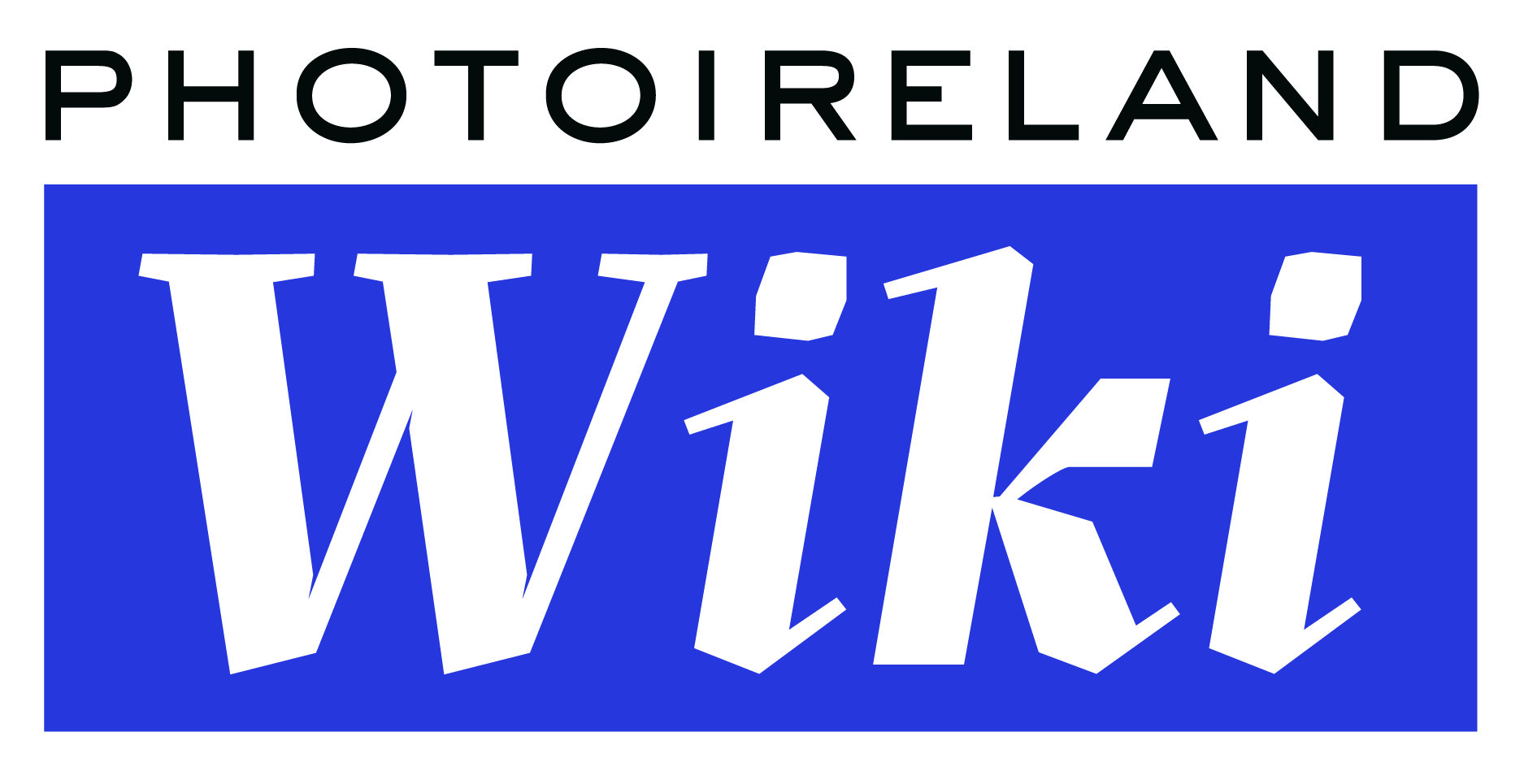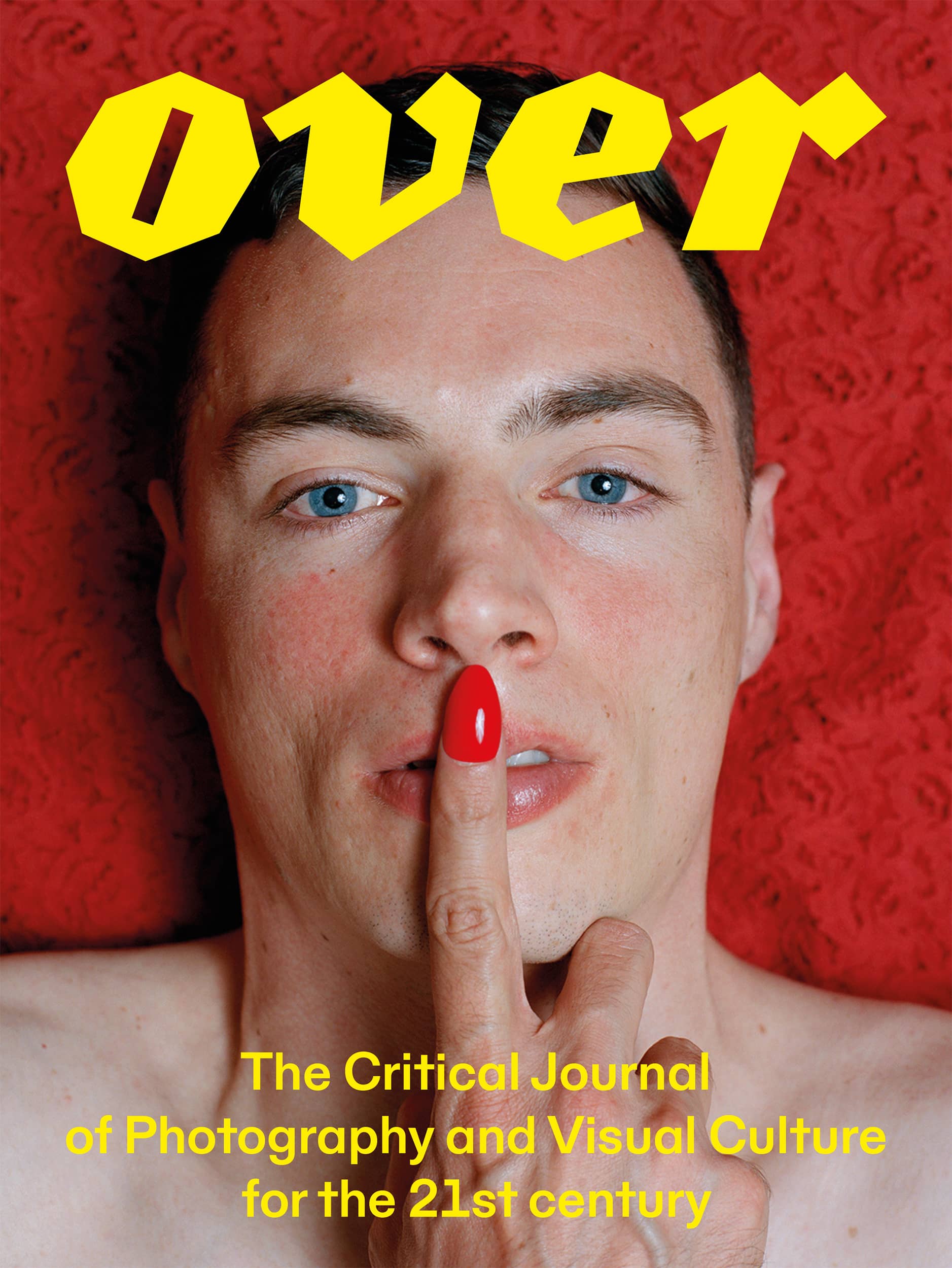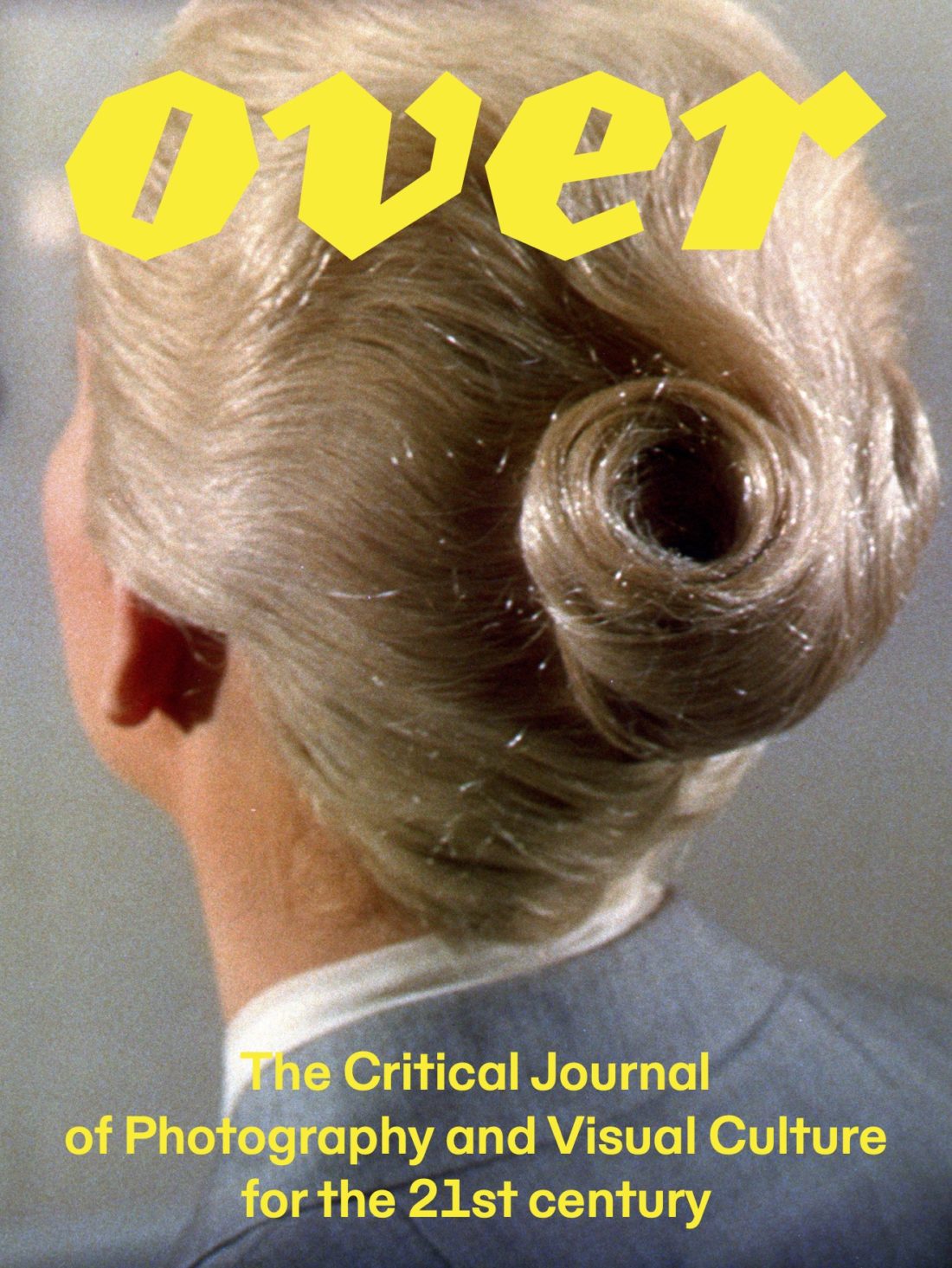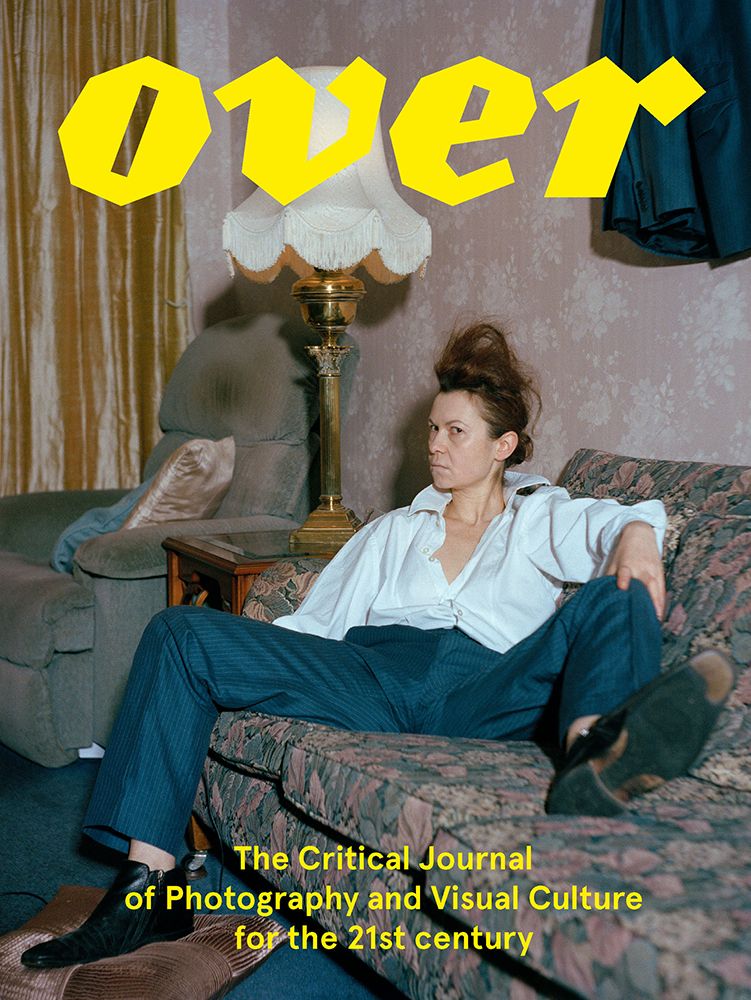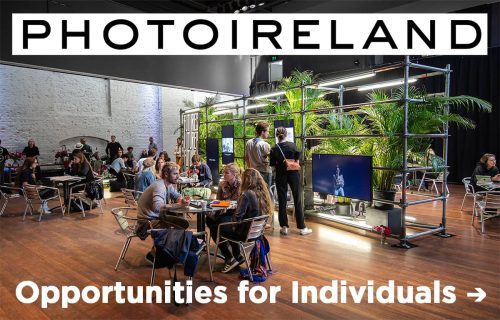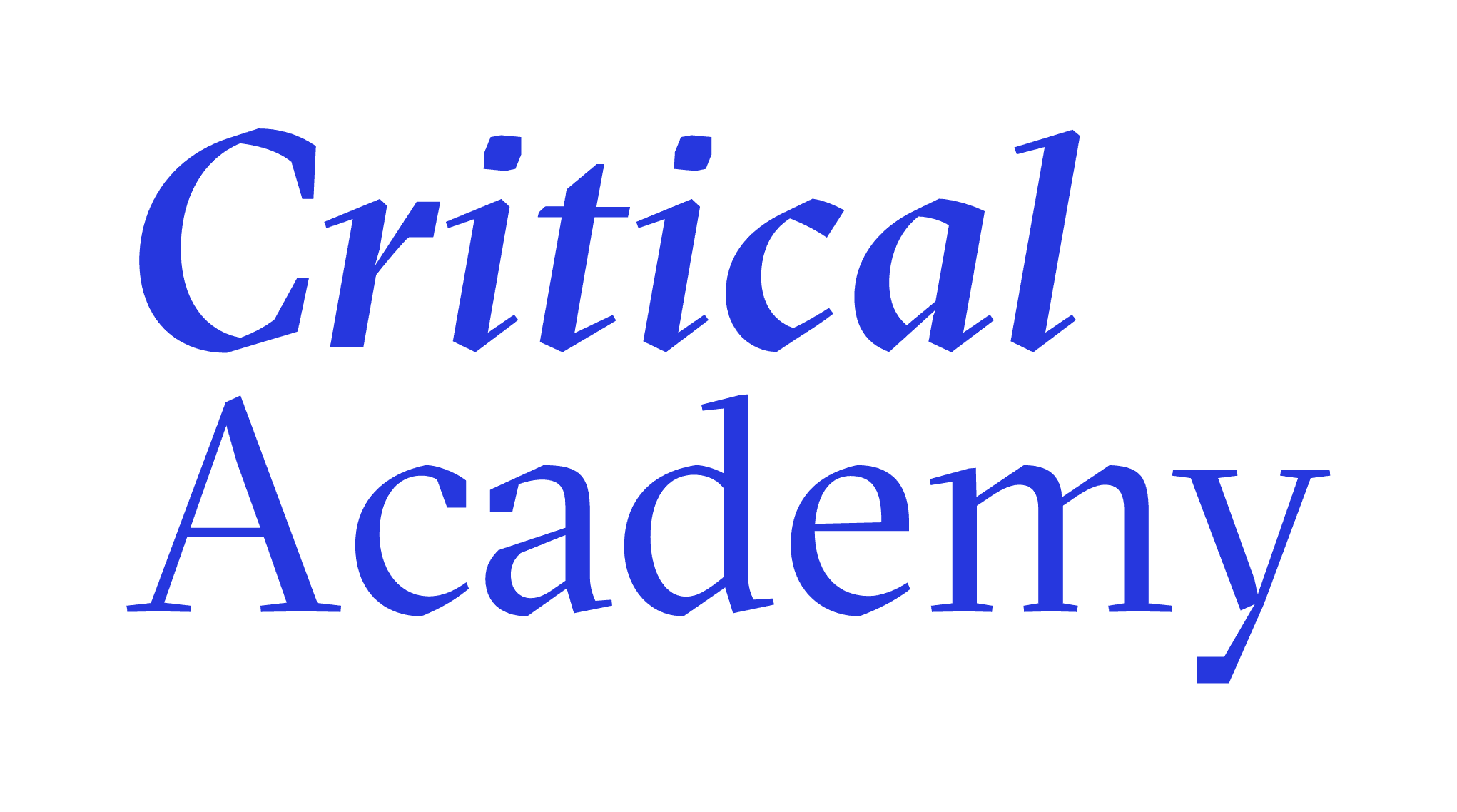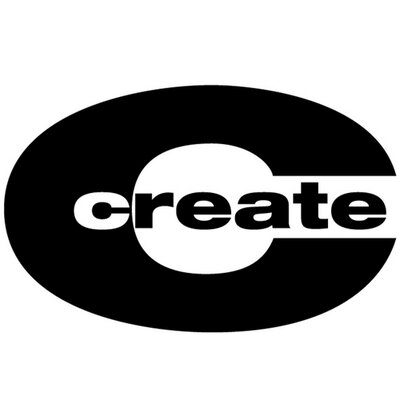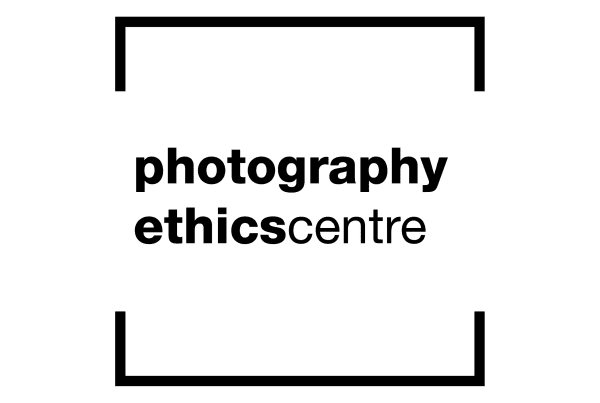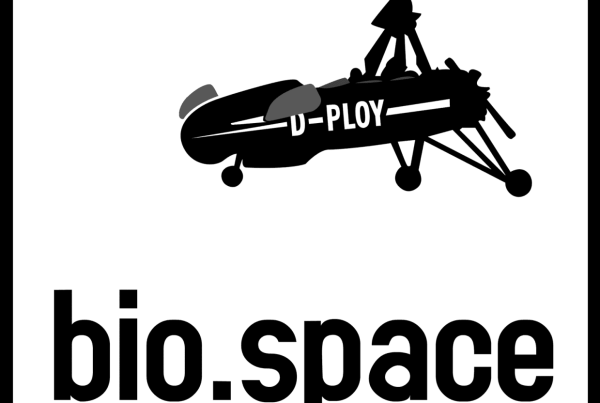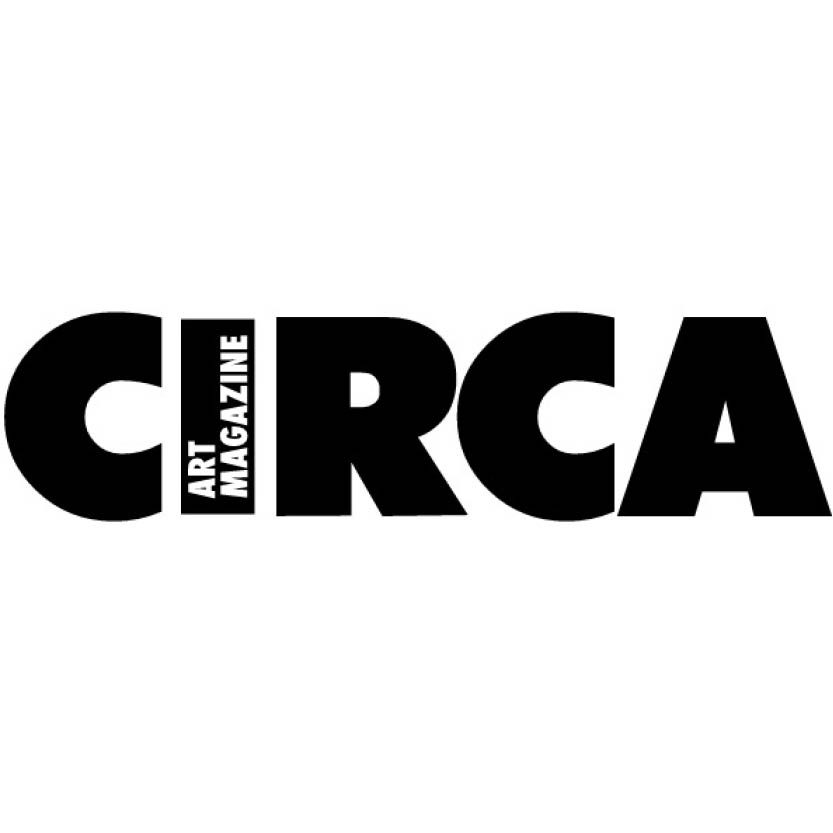
This page is under construction. If you wish to add information to it, read the instructions here.
CIRCA Art Magazine is an independent, artist- and writer-led online art publication. 1
History
Arising from a need expressed by artists, CIRCA was founded in Belfast in 1981. First established as a bi-monthly publication with a distinctly Northern focus, within a couple of years it had extended its reach and developed an all-Ireland remit. By 1984 its main funders were Belfast City Council, the Arts Council of Northern Ireland and An Chomhairle Ealaíon / the Arts Council of Ireland. 2
Publications
Selected issues with reference to photography
- 2009, Winter
2010, 25th Feb – 18th March, The Journey of the Hysteretic Woman, Sonya Whitefield, at The Golden Thread Gallery, (Ad)
2009, The Fire of the Snow, Victoria McCollum, A Circa Project, Pg. 39 – 43
- 2009 Autumn,
2009, 29th Aug – 3rd Oct, nobody photographs me anymore…, Kate Byrne, West Cork Arts Centre, (Ad) “Comprising a video. A photographic installation, and drawings, this exhibition explores the psychological and emotional response of the viewer when confronted with life death issues”
2009, The Need for play. Distinguishing adulthood from childhood, Lizanne Murphy, reviewed by Pippa Little, Pg. 67 “A little blond girl haunts a series of explorations by Lizanne Murphy of childhood, and through omission, adulthood. The changes in consciousness and different cognitive abilities of these states are suggested over three series of work”
2009, Remote Viewing, Susan MacWilliam, Northern Ireland Pavillion at the 53rd Venice Biennale, Pg. 98. “The field of vision has always seemed to me comparable to the ground of archeological excavation. Susan MacWilliam could very well borrow Paul Virilio’s words to comment on her work. Concerned with vision and visual representation, the three works exhibited in the Northern Ireland Pavilion are rooted in the artist’s interest in the psychic and the supernatural, around which she has conducted over the past ten years research that caused her to frequently visit and study the archives of several institutions and private foundations dedicated to paranormal activity”
- 2009 Summer,
2009, Seeing Things, Dragana Jurisic, Pg. 80
“Allusion and metaphor abound in the work of Dublin-based photographer Dragana Jurisic. The suite of photographs comprising this modest yet compelling exhibition was originally commissioned by Irish statutory agency Combat Poverty to help raise awareness of poverty in Ireland. Poverty has long been a subject of the photographer’s gaze; Humphrey Spender famously documented the social problems of 1930s London and similarly, in the 1970s, Exit Photography Group recorded life in the UK’s crumbling inner cities. But unlike these projects that faced poverty head on, Jurisic deftly skirts the issue, creating a poetic body of work that, in a refreshingly self-reflexive move, simultaneously evinces her uneasiness with the subject while questioning the photographer’s role as cultural commentator”
- 2009 Spring
2009, 2nd April – 23 May, Affinity Paths, 10 Spanish Photographers, at Instituto Cervantes Dublin, (Ad)
- 2008 Winter
2009, Jan 30th – 28 2008, New Town Centre, Ronan McCrea, Draiocht, (Ad)
2009, Based on our current science, Sally Timmons, at Gallery of Photography, Pg. 86
“This exhibition at the Gallery of Photography, curated by Dublin-based artist Sally Timmons, involved two intertwining elements: the connection between image and reality in lens-based media (is meaning constructed or transparent?) and the relationship between science and ‘pseudoscience”
- 2008 Autumn
2008, A very short space of time through very short times of space, Sigune Hamann, with Gallery of Photography, Pg. 70.
“When it comes to capturing either movement or a moment, both painting and photography are deceitful.
The implication of the painterly techniques employed by artists like Jack B Yeats and Basil Blackshaw (I’m thinking particularly of Yeats’ horse-race paintings, and Blackshaw’s Bulldog, 1981, which is in the AIB Collection), that here is movement frozen in time, yet poised on the cusp of further dynamic action, is an illusion. Obviously. Equally illusory is that still quality of a single moment, preserved in paint, that was the stock-in-trade of seventeenth-century Dutch genre painters, with their vignettes of interiors. There is duration in painting, a process. The period of a painting is the time it takes to create it”
2008, Ailbhe Ni Bhriain, at The Butler Gallery, Pg. 90
“The Butler Gallery’s decision to stage a solo exhibition by Cork-based artist Ailbhe Ni Bhriain (b1978) was both shrewd and timely, as the artist’s relative youth belies the technical and thematic maturity of her photography and video work…There are two overlapping strands to Ni Bhriain’s work in this exhibition: a series of photographs and a video loosely based on portraiture; and a series of photographs and three video pieces that take landscape as their starting point. In each, she uses the techniques of photography and video to confront us with our assumptions about the medium itself and the visual strategies used in portraits and landscapes – those familiar devices we have come to accept as natural”
2008, First Shot, Ciara Dolan, Diarmait Grogan, Phillip Murray, Jamie Saunders, with Paul Kane Gallery, Pg. 104,
“First shot provided visitors to Dublin’s Paul Kane Gallery with a first and lasting impression of four emergent visual artists – Ciarán Dolan, Diarmait Grogan, Philip Murray, and Jamie Saunders – in their first big break following degree shows at lADT and DIT. Under the curatorial guidance of photographer Jackie Nickerson, whose outstanding ethnographic projects have summoned critical attention at international and local levels – most recently, she was the winner of the 2008 AIB Prize – the exhibition gave a fascinating cross-section of contemporary art-led photographic practices…Productively, these variances brought the exhibition’s range of photographic languages into focus, and testified to the photographers’ fluency in their respective idioms. While the collection’s indelible images are certainly beholden to the expert eye of the photographer-beholder, it is nevertheless worth mentioning that three out of four artists exploit the technological possibilities of digital cameras, photography software and printing to realise their artistic visions”
2008, The Mugshot Project, Aidan Moran, Pg. 107
- 2008 Summer
2008, 16th Jun – 26 Jul, Once Removed, John Beattie, Carl Dorian, Michele Horrigan, Holly O’Brien, John Smith, Curated by Sean Lynch, at Wexford Arts Centre (Ad)
- 2008 Spring
2008, 14th Mar – 10th May, Layla Curtis, Ormeau Baths Gallery, (Ad)2008, Pictures from a family album, Lorraine Burrell, Pg. 92
“Burrell seems unable to do the domestic without some element of play or subversion. There are hints of Sherman and Arbus in the roles assumed and the ordinary extremes. Burrell twists, and pokes, looking sideways and round corners. Her photographs are liberating and uplifting, sharing and playful, warming and welcoming. The family can be a great place, and without sentimentality Burrell shares her everyday with us”
- 2007 Winter
2007, Women War Photographers, Galway Arts Festival, Pg. 70
“If a whiff of feminist tokenism emanates from the title – Women war photographers – of an exhibition of war photography included in the visual-arts programme of the 2007 Galway Arts Festival, the harrowing imagery hanging in the neo-gothic halls of the University’s Aula Maxima dispels any temptation to associate these photographs with a ‘woman’s eye’, or softened feminine perspective of the conflict and war zones at stake. Notwithstanding that detailed biographies and headshots of the five contributing female photojournalists rebound to the gender question, robust descriptions of their unstinting dedication to a nomadic profession and inventories of prestigious awards signalling international kudos are anything but belittling of their membership of the ‘fairer’ or ‘second’ sex, and nod toward a venerable lineage of female photoiournalists such as Lee Miller and Margaret Bourke White”
2007, MEDIUM (THE END); MEDIUM (UPSIDE DOWN), Ronan McCrea, at Goethe Intitut and Gallery for One Dublin, Pg. 98
“To illustrate the process of entropy, Robert Smithson famously wrote of a child running one way then another in a sandpit filled half with black and half with white sand. Here, a second action does not have a restorative effect, reversing the consequences of the first, but rather furthers the confusion. Similarly, Medium (the end) consists of two counterpoised but cumulative actions that affect the simultaneous fade of a projected image from white to black and vice versa. A static slide carousel eventually causes burn-out and with it cancels the listing of a system towards one bias or another. ‘The end’ is a return to anti-entropic symmetry accomplished via a ‘schizophrenic’ erosion of distinctions. ‘Schizophrenic’ not in the sense of being split schizoid so much as devoured by surrounding space in a process of gradual assimilation: to speak of a system’s death is simply another way of describing an uninterrupted equivalence, a coolness and stillness, between its formerly dissymmetrical and dynamic elements; to take this as an allegory of Psychological death is to evoke the monstrous dream of becoming without qualities”
2007, The double image, Golden Thread Gallery, Pg. 110
“In this show of ten painters and ten photographers, curated by Dougal McKenzie for the Golden Thread Gallery’s Collective histories of Northern Irish art series, most artists have just one pitch on the gallery walls…So, if most artists are constrained to their spots, why the seeming discrepancy of two works by Daniel Jewesbury and two works by Mary Mcintyre being separated from each other and located in separate galleries. What can we deduce from this break in logic? McIntyre’s Passage (print on Dibond) in Gallery One and Once the smallest detail has been understood, then everything has been understood (colour lightjet photographic print on Dibond) in Gallery Two back onto each other on either side of the dividing wall. Passage hints at an underpass emerging into woodland, a grainy night scene in tones of burnt yellow ochre”
- 2007, Autumn
2007, I Am a Monster: The Indefinite and the Malleable in Contemporary Female Self- Portraiture, Loren Erdrich, Pg 43 – 49, includes photographic work: 1993, Self Portrait/Cutting, Catherine Opie, Whitney Museum of American Art
1997, Closed Contact #10, Jenny Saville and Glen Luchford, Gagosian Gallery
2007, The Birth Exchange Project, Paragon Studios Belfast, Pg. 86
“The Paragon Studios housed an exhibition curated by Sylvia Taylor and Pat Hunsinger for the Mid America Print Council, Athens, Ohio, in September 2006. They asked women printmakers “to reveal their most authentic experiences related to birth.” How and when is or is not an experience related to birth “most authentic”? Why should “revealing” be a prescribed mode for art dealing with any experience? For example, Grunewald painted the crucified Christ (1517) without experiencing a crucifixion – instead, he harvested his imagination and creative force. Shackled with an essentially flawed curatorial brief, the twenty-nine artists faced an expectation of a story at hand – a narrative as validation of the visual art”
2007, NI/ROI Venice Biennale, Willie Doherty, Gerard Byrne, Pg. 103
“Do Byrne and Doherty then face the unappealing choice of either retreating to the confines of their respective nationalisms or being unwitting accomplices to the commercialism of a Biennale turned art fair? In his essay ‘The Story teller: notes on the work of Gerard Byrne’, the art critic George Baker proposes a more optimistic role for the engaged image-maker. Baker claims that contemporary artists have the capacity to rekindle the avant-garde critical aspirations of Bertolt Brecht or Walter Benjamin”
- 2007, Summer
2007, L’esprit d’escalier, Thomas Demand, IMMA, Pg. 75
“Unlike the constructed images created by photographers Jeff Wall and Gregory Crewsdon, and unlike the depopulated shots of Candida Höfer, Thomas Demand’s constructed, depopulated images layer artifice upon artifice, and yet do not seek particularly to comment on artifice itself. While the artist himself insists that there is a what-see-is-what-you-get quality to his work, that it is, as Aidan Dunne puts it, “not a move in a game of critical theory,” a considerable amount of critical considerations do seem to attach themselves to his images”
- 2007, Spring
2007, Luxux, Victor Sloan and Glenn Patterson, Millennium Court Arts Centre, Pg.103
“In Victor Sloan’s Lambdachrome print, Untitled i (Luxus), we are in an almost-derelict building. A bannister in the foreground, the background, faded, out of focus. What strikes the eye first is the formal, rectilinear proportioning of the print, a foregrounding which throws narrative into the background. But there is, nevertheless, a mysterious quality. The eye moves to perhaps the most focused element, the panel of tiled wall between the bannister and the exit door”
- 2006, Winter
2007, 1 – 23 Feb, Faith, Jackie Nickerson, The Basement Gallery, Dundalk, (Ad)
2006/07, 17 Nov – 7 Jan, Dark Portraits, John Gerrard, RHA, (Ad)
2006, Empty, Willie Doherty, Kerlin Gallery, Pg.104
“The anxieties prompted by Doherty’s ongoing interest in exploring a terrain vague between image and reality were also to be experienced in viewing the film Empty, which premièred alongside the sky photographs at Doherty’s recent Kerlin Gallery exhibition. In Empty we see a series of fixed views of an office block and its environs, the scenes showing the imposing building in a state of steadily advancing dereliction and decay”
- 2006, Spring
2006, Invisible Cities, Paul Seawright, Kerlin Gallery, Pg. 75.
“Better known for his stark images of the peripheral, urban landscape of Northern Ireland, Paul Seawright has recently turned his forensic gaze towards Africa and the sprawling ‘invisible’ cities that exist outside of Lagos, Johannesburg, Lusaka and Addis Ababa – the latter being amongst the fastest growing metropolises in the world. Although the geographical focus of Seawright’s images may have shifted, the broader subject has not: these locations are also the proverbial periphery to that which has often been peripheral to Western imaginations in the first place, namely Africa. Seawright, moreover, chooses to show not just peripheral ‘invisible’ cities but the actual periphery of these borderline spaces”
